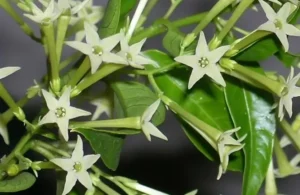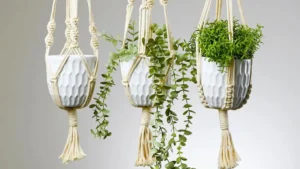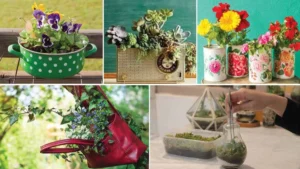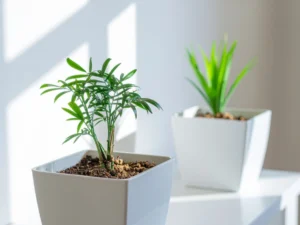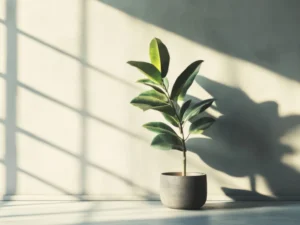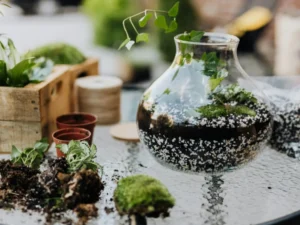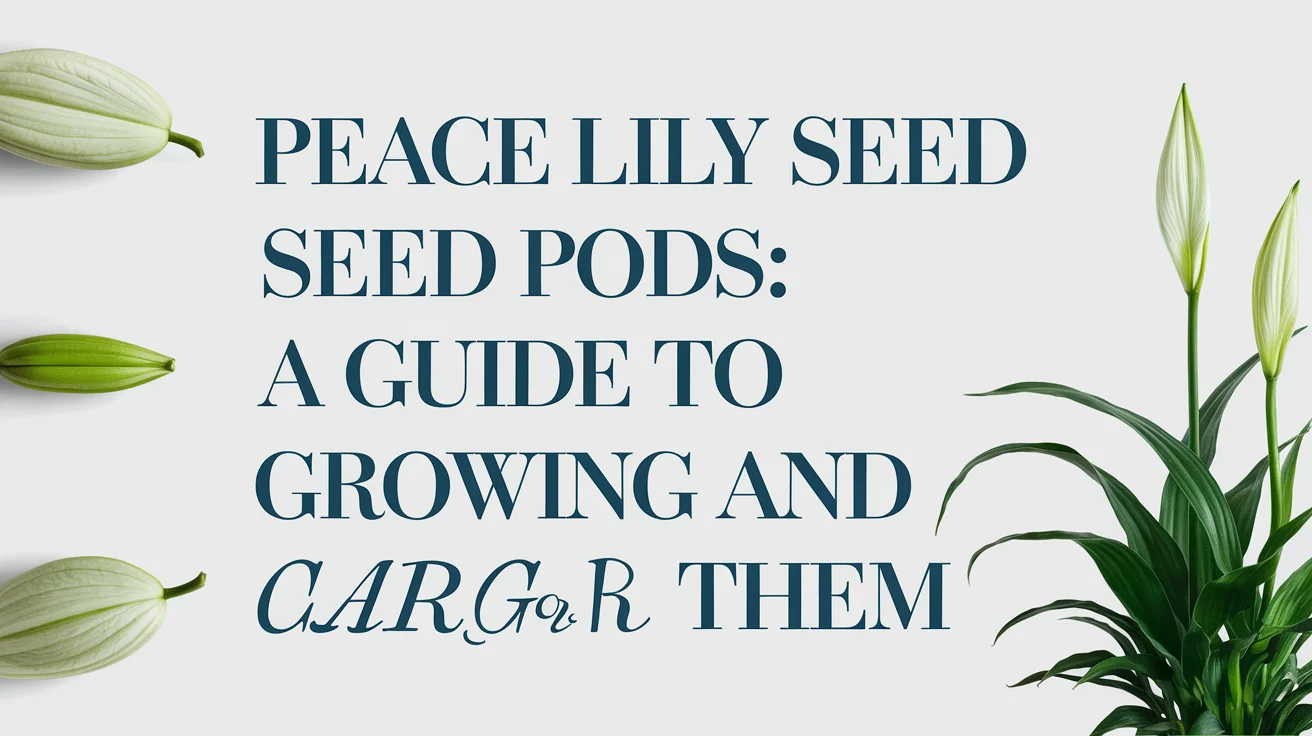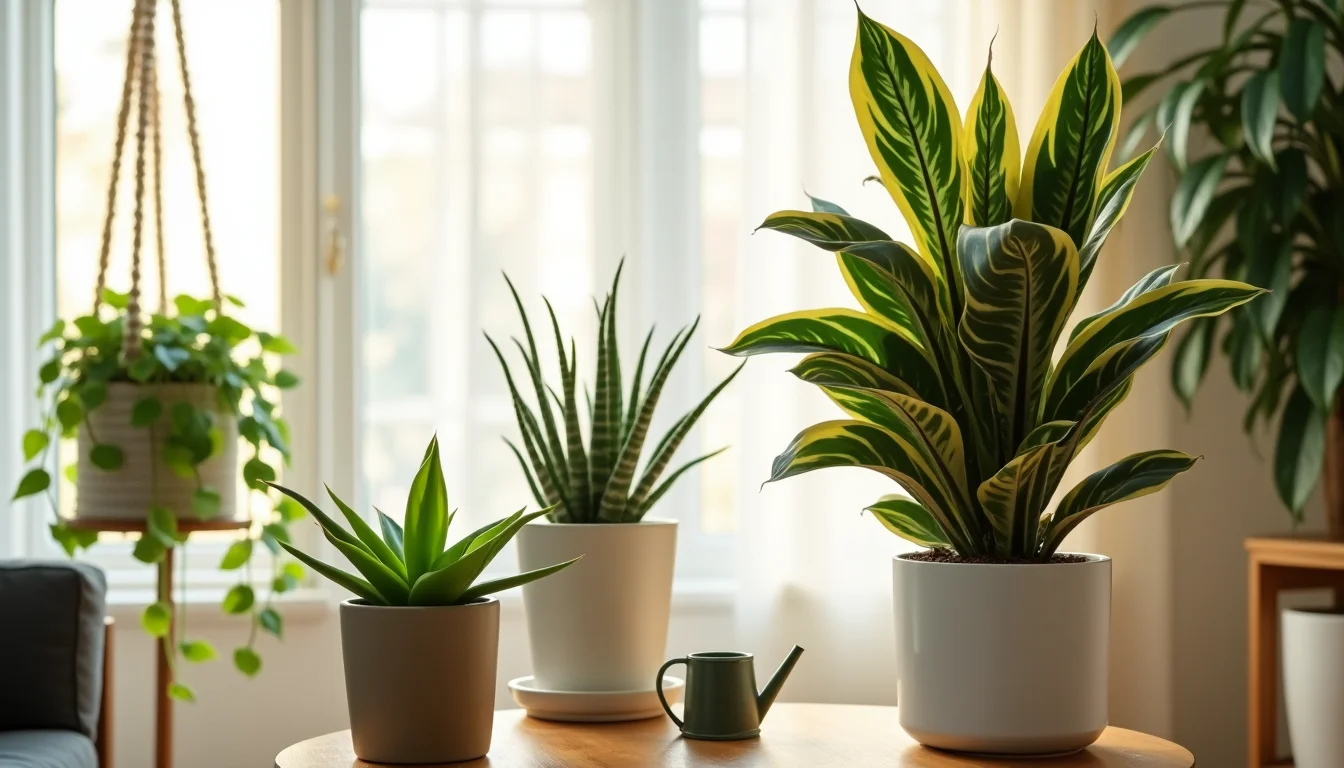Autumn-flowering bulbs create a spectacular end to the gardening year. These late bloomers provide a vital source of nectar and pollen for insects after other plants stop flowering. Many gardeners plant these seasonal treasures but feel let down when they don’t bloom. Pink, violet, or white goblet-shaped flowers should grace autumn crocus and cyclamen hederifolium from mid-September through early November. Yet, sometimes these plants remain dormant.
The success of autumn bulbs depends on proper timing. These plants require soil temperatures below 60°F and a 12-to 16-week cold period to thrive. The bulb’s planting depth matters too – it should be three times the bulb’s width to ensure those delicate two-tone lilac flowers or white bells show up right on time.
This piece will help you understand why your autumn display might disappoint and how to fix it. You’ll learn everything from picking quality, larger bulbs that produce more flowers to using autumn planting bulbs in different ways – whether in pots, sunny borders, or scattered across lawns. Your garden can stay vibrant deep into the cold season.
Common reasons your autumn bulbs aren’t blooming
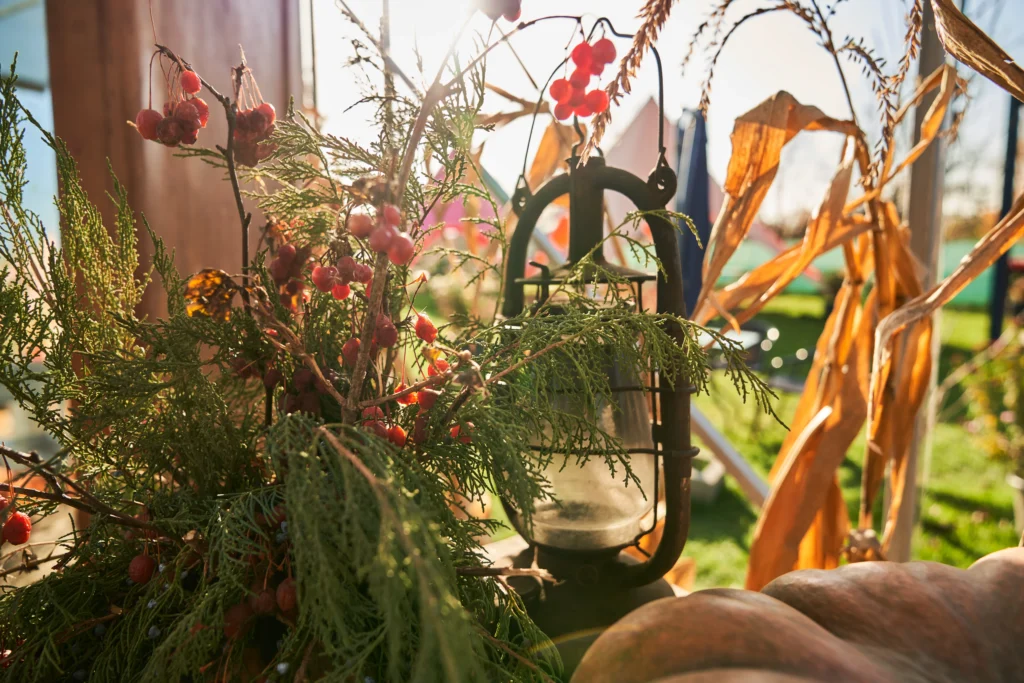
Autumn-flowering bulbs often disappoint gardeners by not blooming as expected. Let’s look at the common reasons behind these non-blooming bulbs and how you can fix them before your next growing season.
Planted at the wrong time
The timing makes all the difference with autumn bulbs. Spring bulbs do well when planted in the fall, but autumn-flowering varieties need to be planted in late summer. To cite an instance, Colchicums need planting in August or early September to bloom well.
Late planting doesn’t give bulbs enough time to establish their roots before flowering. Early planting during hot weather may trigger growth that subsequent temperature changes can damage.
Bulbs are too young or small.
The size of flowering bulbs substantially affects their performance. Small and young bulbs usually don’t have enough stored energy needed to produce blooms. The largest specimens of your chosen variety will give the best results. Smaller ones might take a season or two to reach flowering size. This becomes especially important with naturalized bulbs that split into smaller offsets. These daughter bulbs need time to mature and flower.
Incorrect planting depth
The planting depth directly affects how well your bulbs bloom. Shallow planting exposes bulbs to temperature swings and drought. Deep planting forces them to use extra energy reaching the surface, which results in leaves but no flowers. Most autumn bulbs need planting at three times their diameter deep, though some varieties might need different depths.
Overcrowding or competition
Bulb clusters grow and become crowded over time. They fight for nutrients and space, which creates smaller bulbs that produce only foliage. Additionally, aggressive nearby plants can steal resources and shade the bulbs. Autumn crocus and cyclamen struggle most when shallow-rooted shrubs or ground covers grow too close.
Poor soil drainage or nutrition
Autumn-flowering bulbs hate soggy conditions. Waterlogged soil causes rot and disease during dormant periods. These bulbs need specific nutrients to create next season’s flower buds. Phosphorus and potassium-deficient soils produce healthy leaves but few flowers. Fast-draining sandy soils might not hold enough moisture or nutrients that bulbs need to develop correctly.
How to properly plant autumn-flowering bulbs
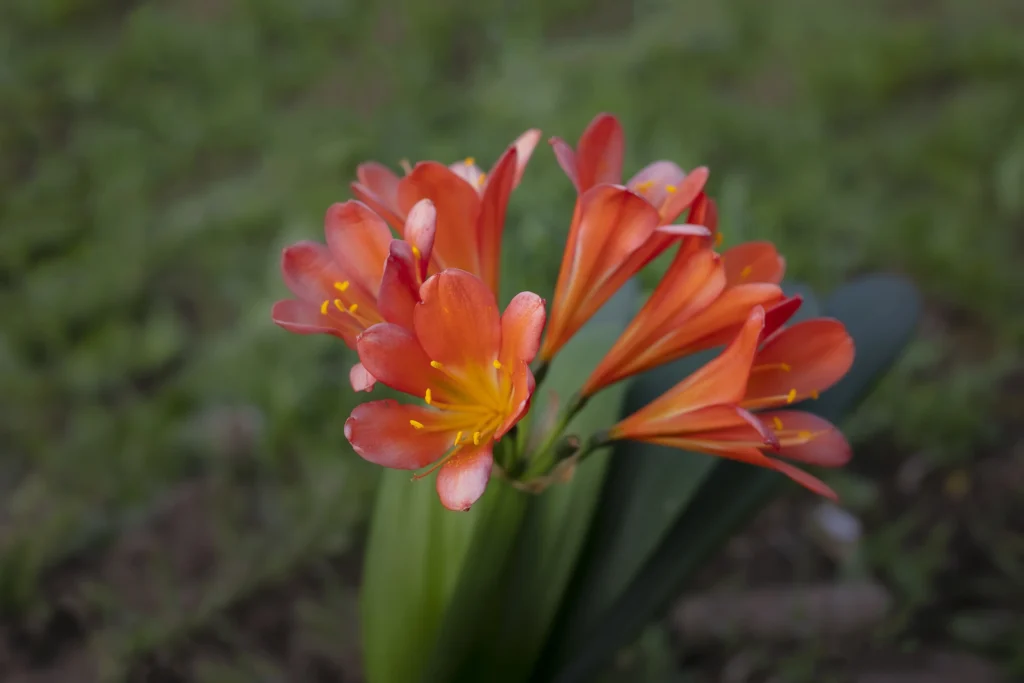
Growing autumn-flowering bulbs successfully starts with the right planting approach. These fundamentals will help you create a stunning fall display that returns every year.
When to plant for best results
The best time to plant autumn-flowering bulbs is when evening temperatures stay between 40-50°F. This sweet spot usually falls between mid-September and October in most regions. You should plant about 6-8 weeks before the ground freezes. Gardeners in colder zones (1-4) should grow from late August through September. Those in zones 4-7 can wait until early November.
Choosing the right location
Your bulbs need a spot with full sun to partial shade that gets at least 6 hours of direct sunlight daily. Good drainage is vital. The Dutch have a saying that “bulbs don’t like wet feet,” so avoid areas where water pools, such as the bottom of hills. Raised beds work great for autumn bulbs, especially if you have heavy clay soil or pest problems.
How deep and how far apart to plant
Here’s a simple rule to follow: plant your bulbs at a depth that’s 2-3 times their height.
- Large bulbs (tulips, daffodils): Plant 6-8 inches deep, space 4-6 inches apart
- Medium bulbs (hyacinths): Plant 4-6 inches deep, space 4-6 inches apart
- Small bulbs (crocus): Plant 3-4 inches deep, space 2-3 inches apart
Place bulbs with their pointed end up and roots down. Don’t worry if you’re not sure – just lay the bulb on its side and it will find its way.
Watering and feeding tips
Give your bulbs a good soak right after planting to settle the soil and kick-start root growth. The first watering is essential, but most bulbs require little extra water unless you live in a dry area. Sprinkle a balanced fertilizer (like 10-10-10) on top of the soil after planting, but never in the planting hole – it could burn the bulbs. Add a 2-3 inch layer of mulch to keep soil temperature steady and hold moisture.
Care mistakes that affect blooming
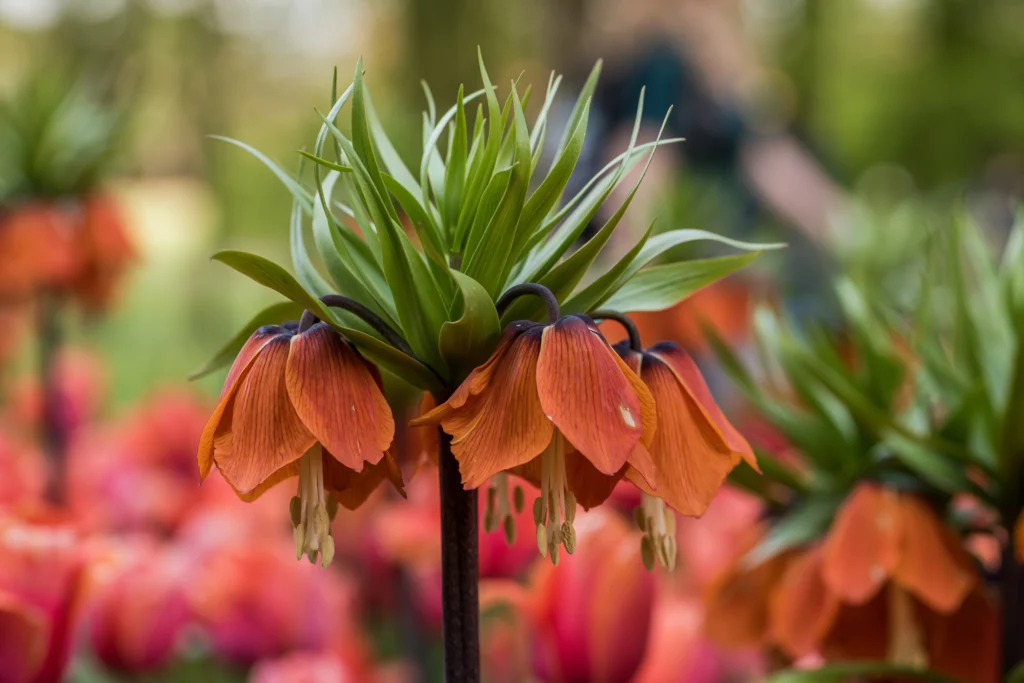
Your autumn-flowering bulbs might not bloom their best even after you plant them right. Simple care mistakes can ruin what could be a fantastic fall display.
Cutting foliage too early
The biggest mistake you can make is cutting off the bulb leaves too soon. These green leaves function like tiny solar panels, storing energy in the bulbs underground for next year’s flowers. If you cut the leaves before they turn brown naturally, your future blooms will be nowhere near as strong.
Let your bulb leaves grow for at least 8 weeks after the flowers fade. This helps them complete their recharging process. You can remove dead flower stalks, but leave the leaves alone until they yellow on their own. Don’t tie, braid, or fold the leaves – this limits their power to photosynthesize and makes them more likely to catch fungal diseases.
Overwatering or underwatering
Autumn-flowering bulbs need just the right amount of water. Most bulbs dislike sitting in wet soil and may rot if conditions become too soggy. Yes, it’s common to see yellowing leaves when there is too much moisture or poor drainage.
Despite that, you shouldn’t skip watering altogether. Water deeply immediately after planting to help settle the soil and encourage root growth. Continue to check soil moisture, especially during dry periods. For bulbs in pots, keep the soil moist but never let the pots sit in water.
Ignoring signs of disease or pests
Bulbs of all types can fall victim to fungi, bacteria, and pests. Fusarium wilt and bulb rot are characterized by wilting, brown spots, and soft, spongy bulbs. Gray mold runs in damp conditions where air doesn’t move well.
Look out for plants that wilt even with enough water, strange colored patches, or early yellowing. Throw away infected bulbs and plants instead of composting them to stop diseases from spreading. Check bulbs carefully before planting and toss any that feel soft or look discolored. Ensure air flows freely around your plants and avoid watering from above, as this can help fungal diseases spread more quickly.
How to revive non-blooming bulbs
At the time autumn flowering bulbs refuse to bloom, don’t lose heart! Your sleepy bulbs can return to their flowering glory with proper care. Even the most reliable bulbs might need your help to regain their blooming vigor after several years in the ground.
Lifting and dividing overcrowded bulbs
Bulbs become overcrowded after approximately three years in the same spot, resulting in smaller blooms or none at all. You should lift and divide autumn planting bulbs right after their foliage turns yellow but stays visible. Dig around the bulb clump with a garden trowel at the start, and make sure you go deep enough to protect the bulbs.
Separate the small offset bulbs from the mother plant with care once lifted. Each original bulb needs a firmness check; discard shriveled or damaged ones, but replant firm bulbs that will flower for years to come. Note that smaller offsets need one or two growing seasons before they bloom.
Improving soil conditions
Soil with a pH between 6 and 7 helps autumn-flowering bulbs thrive. Mix organic matter like compost or peat moss into the top 12-18 inches of soil to refresh planting areas. Of course, good drainage matters. Bulbs dislike wet conditions and will rot if they become waterlogged.
Clay-heavy soils need up to one-third volume of peat moss or well-decomposed compost to improve their texture and drainage. Roots grow better and shoots emerge more easily in this amended soil.
Using bulb fertilizer at the right time
Phosphorus fertilizer should be applied at planting time, as it remains in the soil. Add about 1/2 pound of 0-46-0 fertilizer for every 100 square feet. A balanced 10-10-10 fertilizer works great for most bulbs.
Keep fertilizer on the soil surface, rather than in the planting hole, to avoid burning the bulbs. Add another round of fertilizer when green shoots pop up in spring. This twice-yearly feeding gives bulbs nutrients during their active growth and energy storage periods.
Replanting in a better location
Plant bulbs at a depth of two to three times their height. Give small offsets enough space to grow, which prevents having to dig and divide them again too soon. Your bulbs will flower best in spots with full sun and excellent drainage.
Water the soil well after replanting to help roots grow. Add a 2-3 inch layer of mulch to keep soil temperature steady and lock in moisture throughout the season.
Conclusion
Autumn-flowering bulbs are a great way to get a magnificent finale to your gardening season with proper care. This piece examines why these seasonal treasures sometimes fail and offers practical solutions to ensure vibrant displays year after year. The most crucial factor for success is timing.
Your autumn display might disappoint if you plant too early or too late. High-quality, larger bulbs give you a better advantage right from the start. The correct planting depth plays a vital role, too – you should plant them at three times the bulb’s width to create optimal conditions for healthy growth and abundant flowers.
Patience becomes your best friend after planting. The green leaves need to complete their natural lifecycle to store energy for next season’s blooms. Your bulbs will struggle to flower next year if you cut the foliage too early. The right balance of water prevents both rot from excess moisture and stress from drought.
Your bulbs will multiply and become overcrowded over time. Lifting and dividing them refreshes their blooming potential at this stage. The smaller offset bulbs might need a season or two before flowering again, but this process brings new life to your autumn display for years ahead.
These garden gems shine not just through their spectacular colors but also through their resilience. They reward you with a stunning show at a time when most other plants have finished blooming – and with good reason, too. Your garden then becomes a haven for late-season pollinators while treating you to vibrant blooms as summer shifts to fall.


